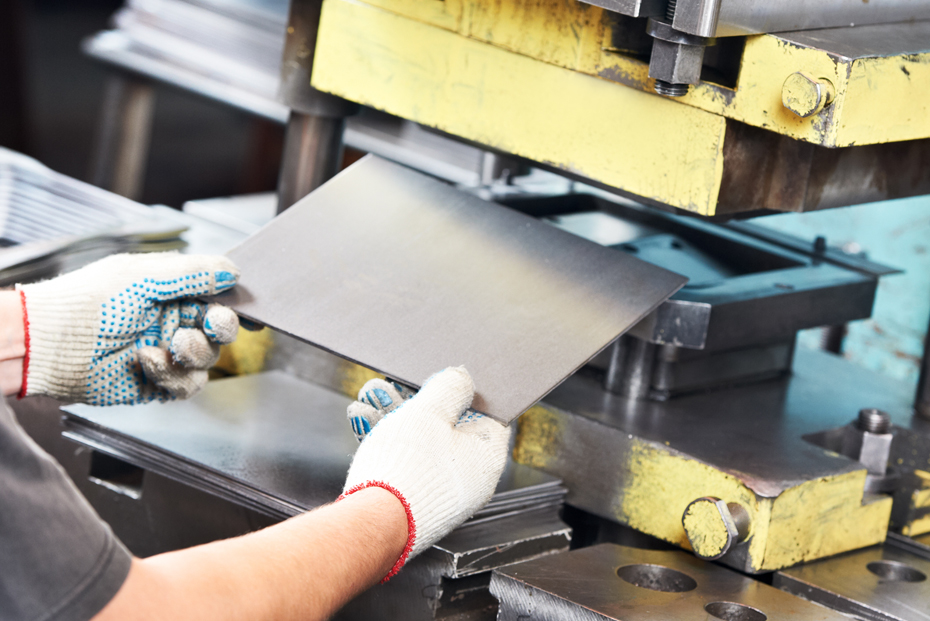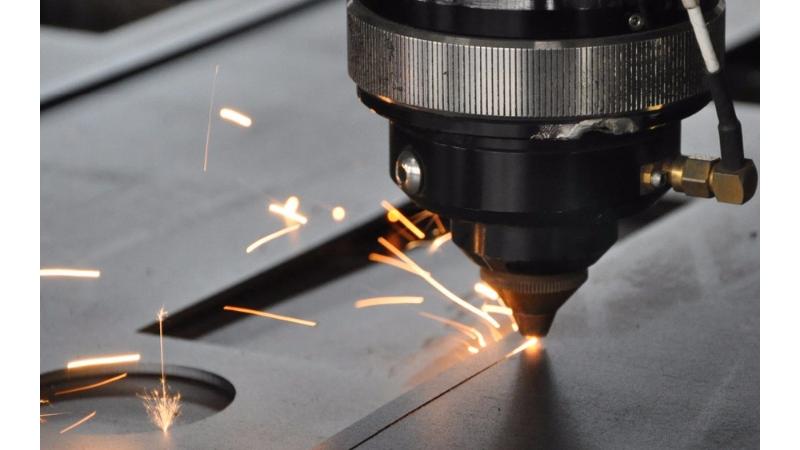In today’s fast-paced industrial world, the integration of IoT in stamping equipment is transforming manufacturing processes. This technological advancement is not just a trend but a necessity for industrial manufacturers aiming to enhance efficiency and precision. With IoT, stamping equipment is becoming smarter, enabling manufacturers to achieve unprecedented levels of productivity.
The adoption of IoT in stamping equipment is paving the way for a new era in the manufacturing industry, where connectivity and data play a crucial role. By leveraging IoT technology, manufacturers can monitor and control their equipment remotely, ensuring optimal performance and minimizing downtime.

Understanding IoT in Stamping Equipment
The concept of the Internet of Things (IoT) involves connecting physical devices to the internet, allowing them to collect and exchange data. When applied to stamping equipment, IoT enables machines to communicate with each other and with operators, providing real-time insights into their operation. This connectivity allows for better decision-making and improved efficiency in the production process.
Benefits of IoT in Stamping Equipment
The implementation of IoT in stamping equipment offers numerous benefits. Firstly, it enhances operational efficiency by providing real-time data on machine performance. This data helps operators identify potential issues before they escalate, reducing downtime and maintenance costs. Additionally, IoT enables predictive maintenance, allowing manufacturers to schedule repairs and maintenance tasks based on actual machine usage and condition.
Another significant advantage of IoT in stamping equipment is improved quality control. By continuously monitoring machine parameters, manufacturers can ensure that products meet the desired specifications. This leads to higher-quality output, fewer defects, and increased customer satisfaction. For more insights on quality control in stamping production, visit Quality Control in Stamping Production.
Challenges in Implementing IoT in Stamping Equipment
Despite its numerous benefits, the implementation of IoT in stamping equipment comes with its challenges. One of the primary challenges is the need for a robust infrastructure to support IoT connectivity. Manufacturers must invest in reliable internet networks and data storage solutions to handle the large volumes of data generated by IoT devices.
Another challenge is the integration of IoT technology with existing systems. Many manufacturers have legacy equipment that may not be compatible with IoT solutions. Upgrading or replacing these machines can be costly and time-consuming. However, the long-term benefits of IoT integration often outweigh the initial investment.
IoT and Stamping Equipment: Real-World Applications
The real-world applications of IoT in stamping equipment are diverse and impactful. For instance, in the automotive industry, IoT-enabled stamping machines are used to produce components with high precision and consistency. This ensures that the final products meet stringent quality standards, enhancing vehicle safety and performance.
In the consumer electronics sector, IoT plays a crucial role in the production of intricate components. The ability to monitor and control stamping machines remotely allows manufacturers to produce high-quality electronic parts efficiently. To learn more about metal stamping in consumer electronics, visit Consumer Electronics Metal Stamping.
The Future of IoT in Stamping Equipment
As technology continues to evolve, the future of IoT in stamping equipment looks promising. The integration of artificial intelligence (AI) with IoT is expected to further enhance the capabilities of stamping machines. AI algorithms can analyze data collected by IoT devices to optimize production processes, reduce waste, and improve overall efficiency.
Moreover, the advent of 5G technology will provide faster and more reliable connectivity, enabling seamless communication between IoT devices and operators. This will lead to even greater levels of automation and precision in stamping operations.
Conclusion
In conclusion, the integration of IoT in stamping equipment is revolutionizing the manufacturing industry. It offers significant benefits in terms of efficiency, quality control, and predictive maintenance. While challenges exist, the potential rewards make IoT a worthwhile investment for industrial manufacturers.
For those considering upgrading their stamping equipment, it’s essential to weigh the pros and cons of new versus used machinery. For more information, visit Used vs New Stamping Equipment. Additionally, training operators on the latest IoT technologies is crucial for maximizing the benefits of IoT-enabled stamping machines. To learn more about operator training, visit Stamping Machine Operator Training.

FAQs
What is IoT in stamping equipment?
IoT in stamping equipment involves connecting machines to the internet to collect and exchange data, allowing for real-time monitoring and control of the equipment.
What are the benefits of IoT in stamping equipment?
IoT in stamping equipment enhances operational efficiency, improves quality control, and enables predictive maintenance, reducing downtime and maintenance costs.
What challenges do manufacturers face in implementing IoT in stamping equipment?
Challenges include the need for a robust infrastructure, integration with existing systems, and the cost of upgrading legacy equipment.
This article contains affiliate links. We may earn a commission at no extra cost to you.

